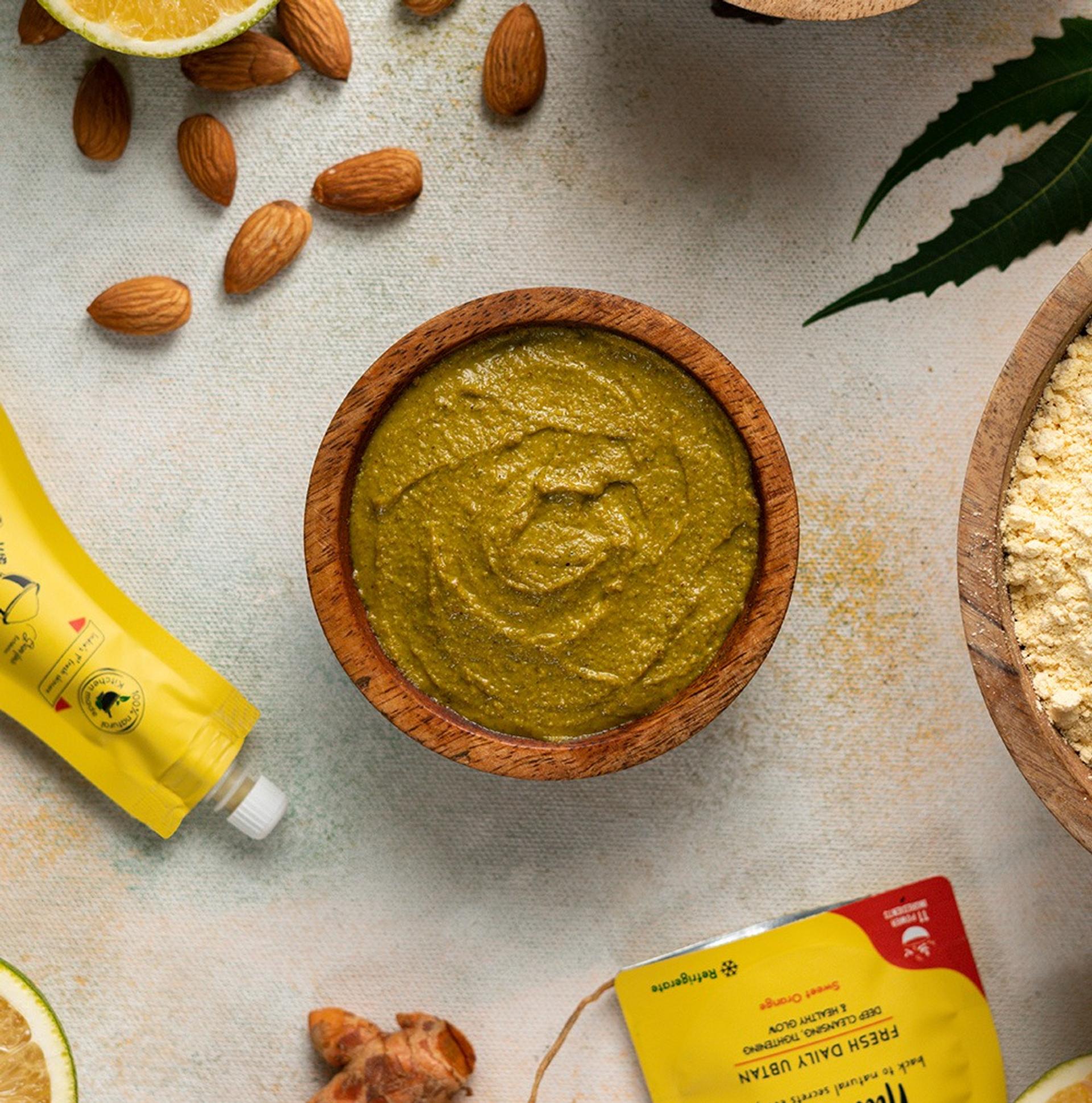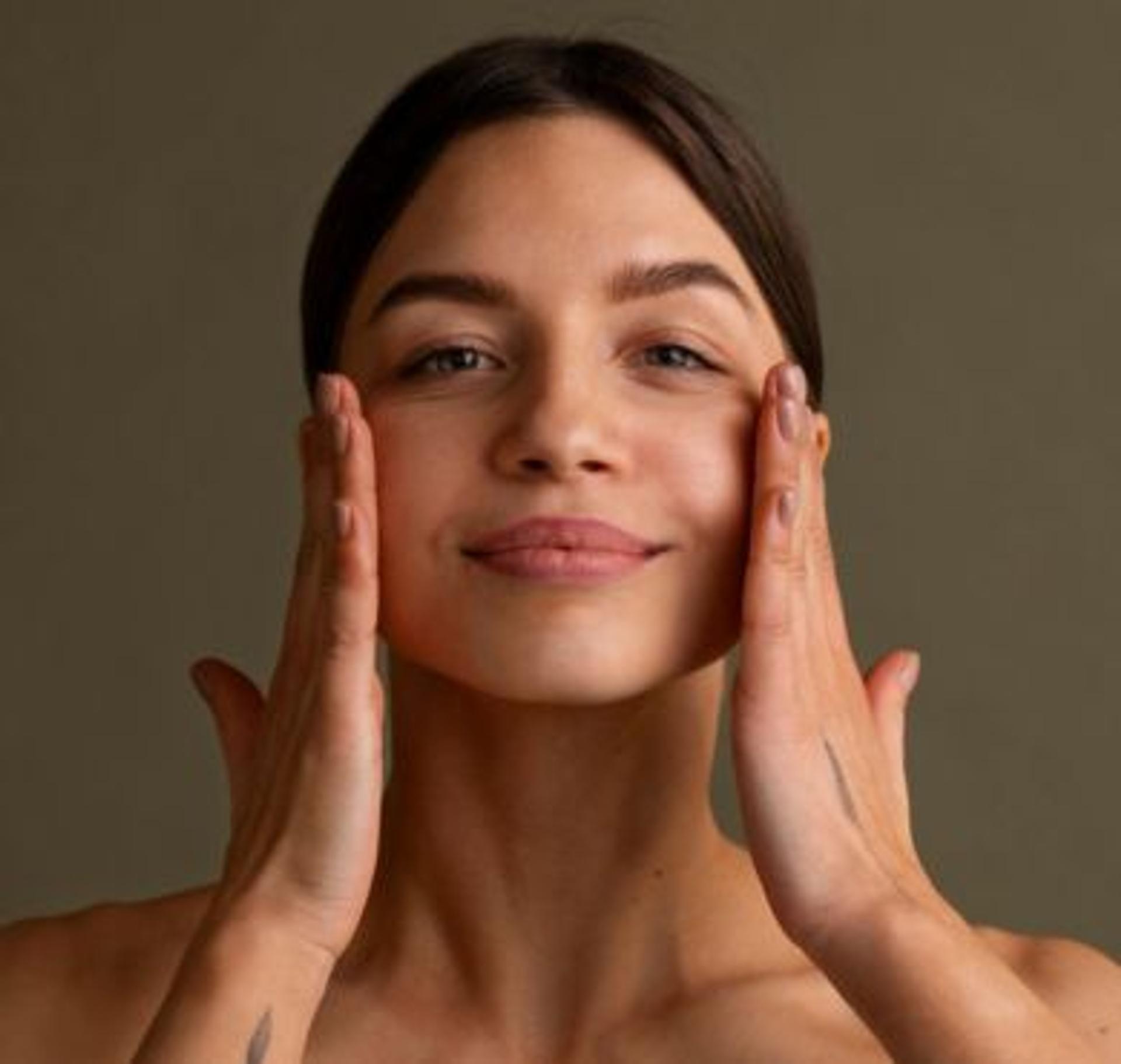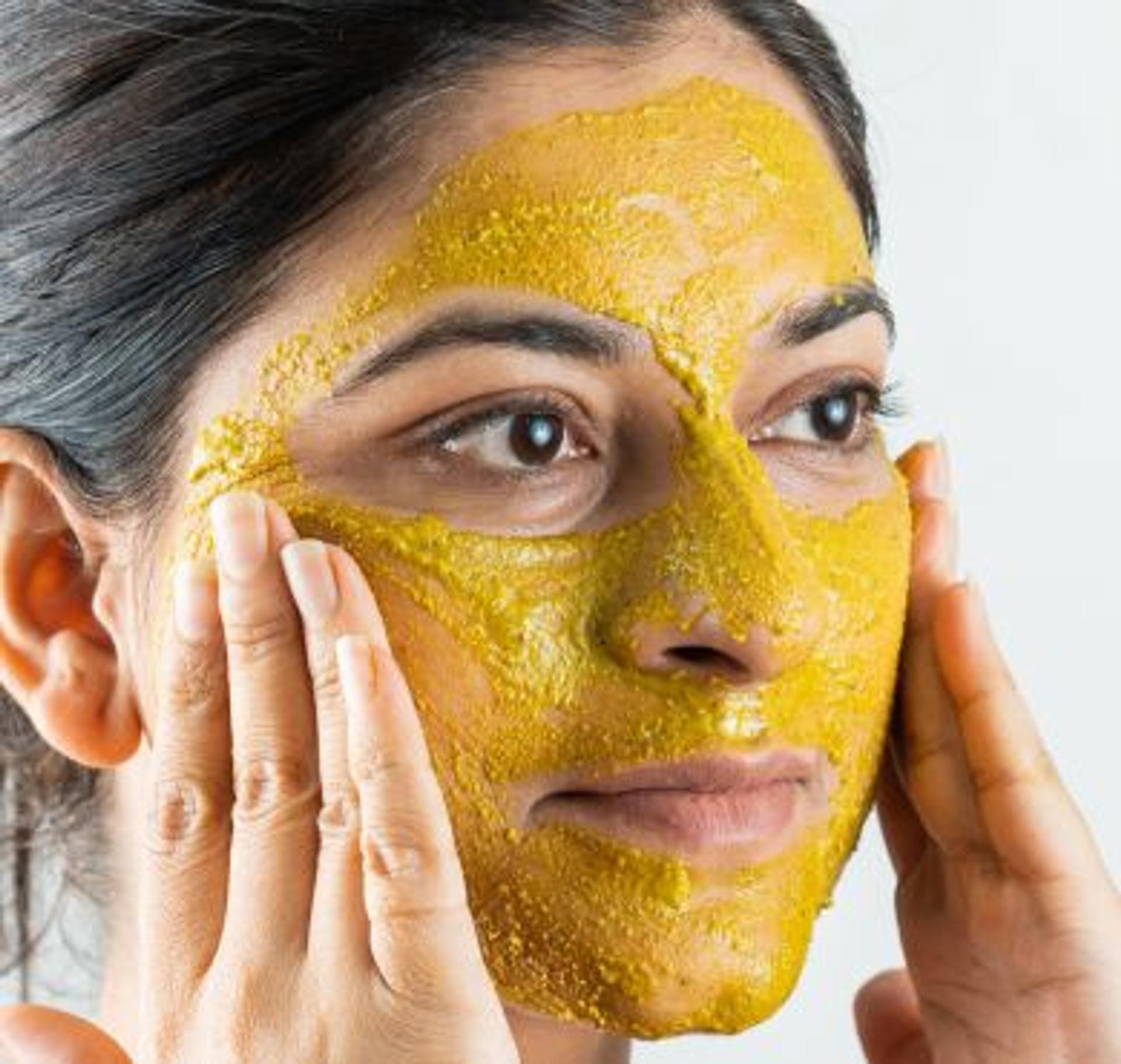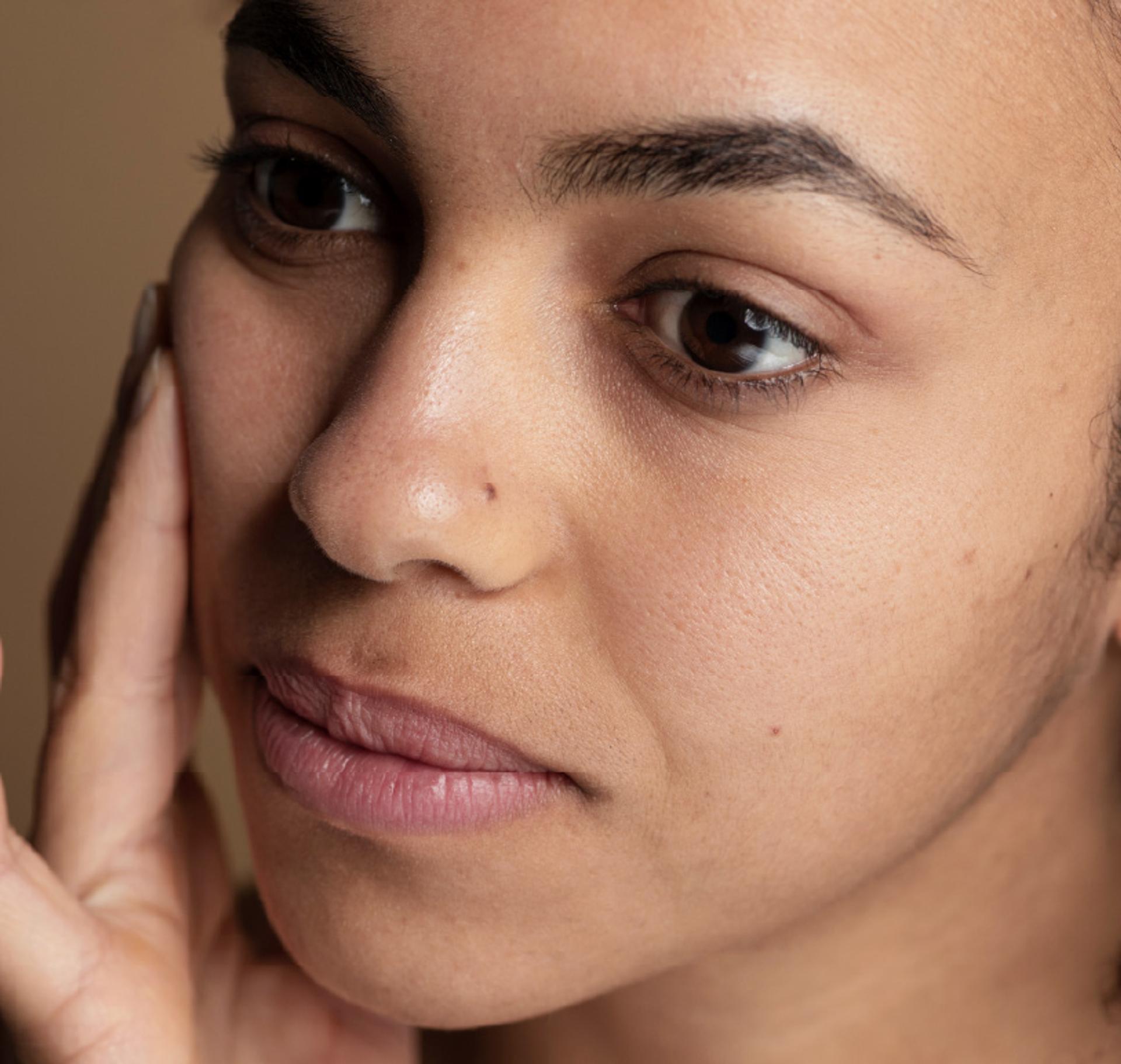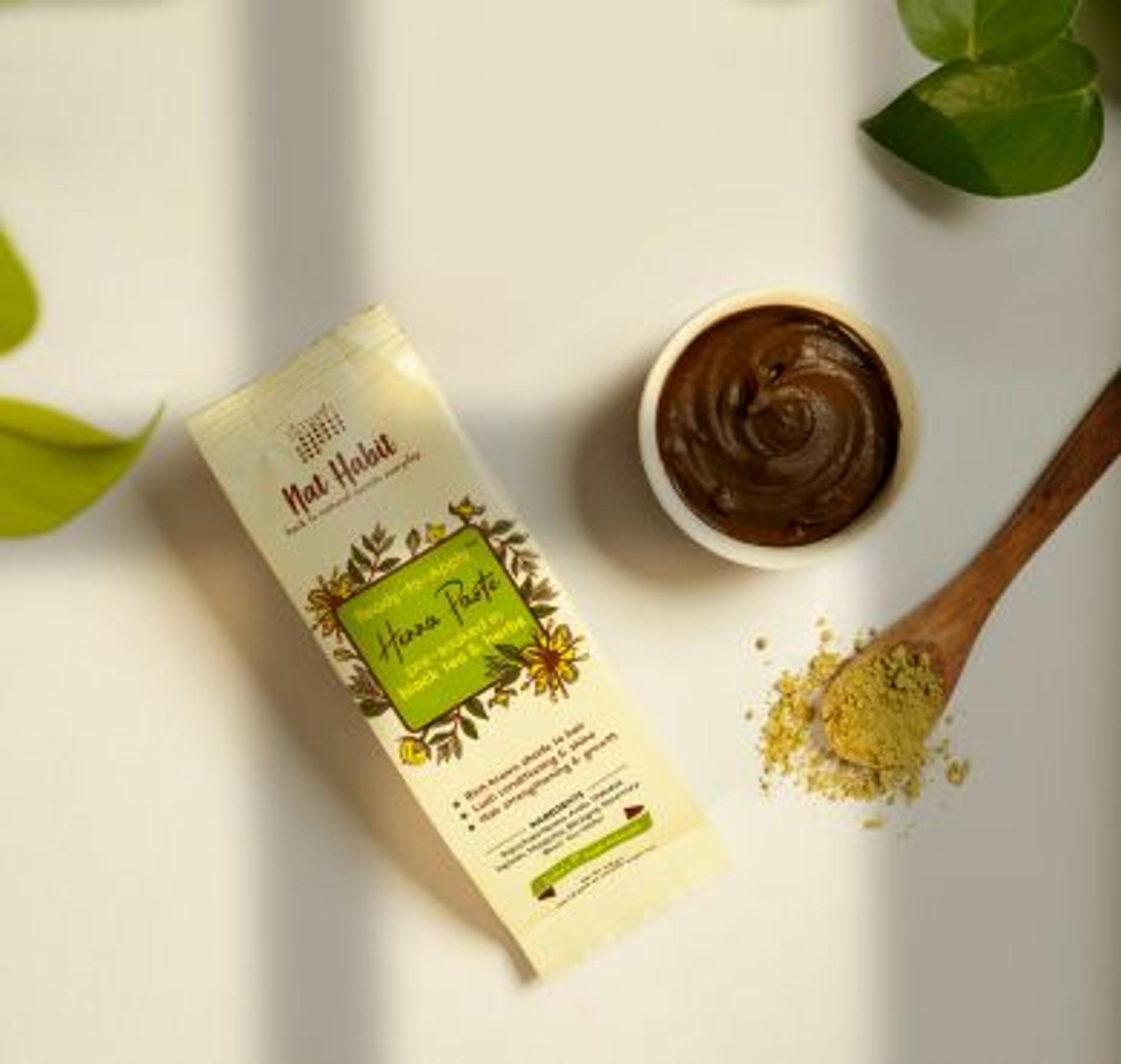
What All Decides the Stain Left Behind by Henna?
By Nat Habit
Achieving a deep, rich henna stain isn’t just a matter of slathering some paste and waiting it out. It’s a subtle science—a dance between lawsone molecules (the pigment in henna) and the biology of your hair. Every step, from leaf to lock, influences the depth, hue, and longevity of the stain. So before you dive into your henna ritual, here’s what you should truly understand.
It’s All in the Quality
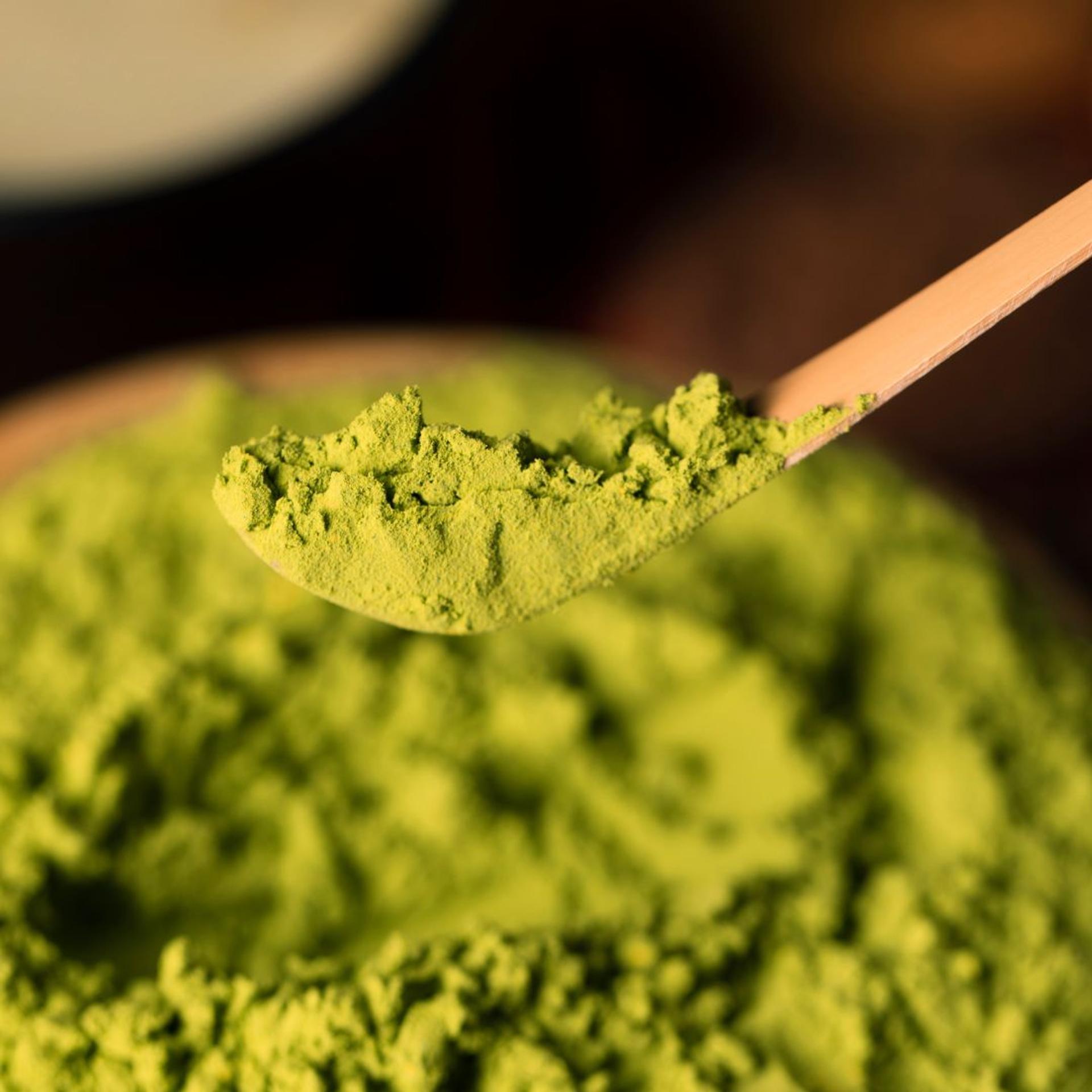
The color strength of henna depends on the lawsone content—the natural dye molecule in henna leaves. The higher the lawsone, the darker and longer-lasting the stain. This pigment is sensitive to growing conditions, so henna sourced from Sojat, Rajasthan—with its mineral-rich soil and dry climate—typically carries a superior dye profile.
Finely sifted henna also ensures better absorption into the hair shaft. Additives, chemical fillers, or synthetic colorants might promise “instant color” but disrupt the natural dye process and can damage the hair over time.
Recipe Matters – And It’s Chemistry
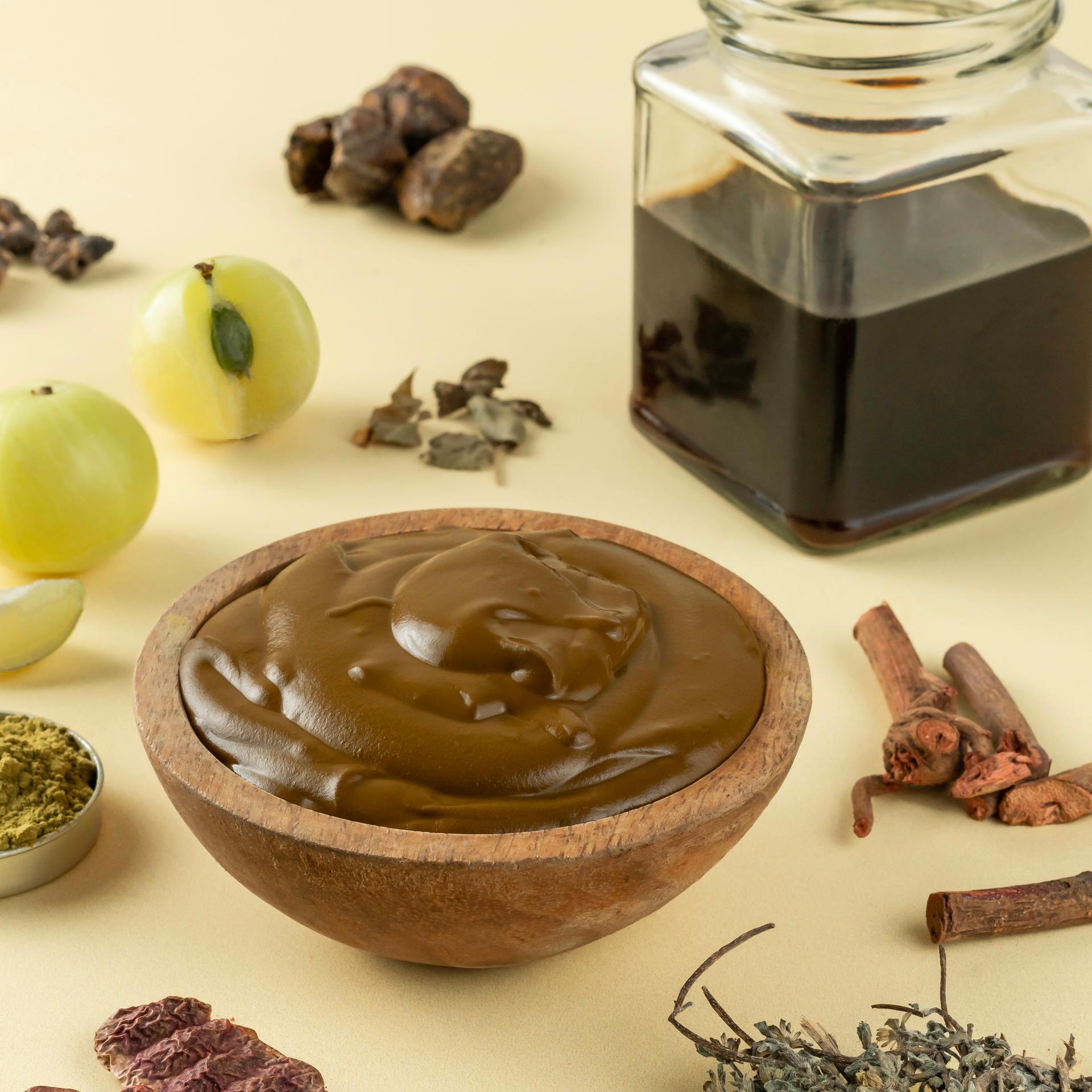
Henna's dyeing power is boosted by acidic activators (like amla or lemon juice) and polyphenol-rich liquids (like tea or coffee decoctions). These help break down the plant cell walls, releasing more lawsone and binding it to keratin in your hair.
Herbs like manjistha (for red tones), rosemary (for cooling and scalp stimulation), and brahmi (for strength) enrich the paste—but too much of anything can disturb the ideal henna-to-liquid ratio and dilute staining potential. A balanced mix ensures both color and care.
Porosity: The Hair’s Personality
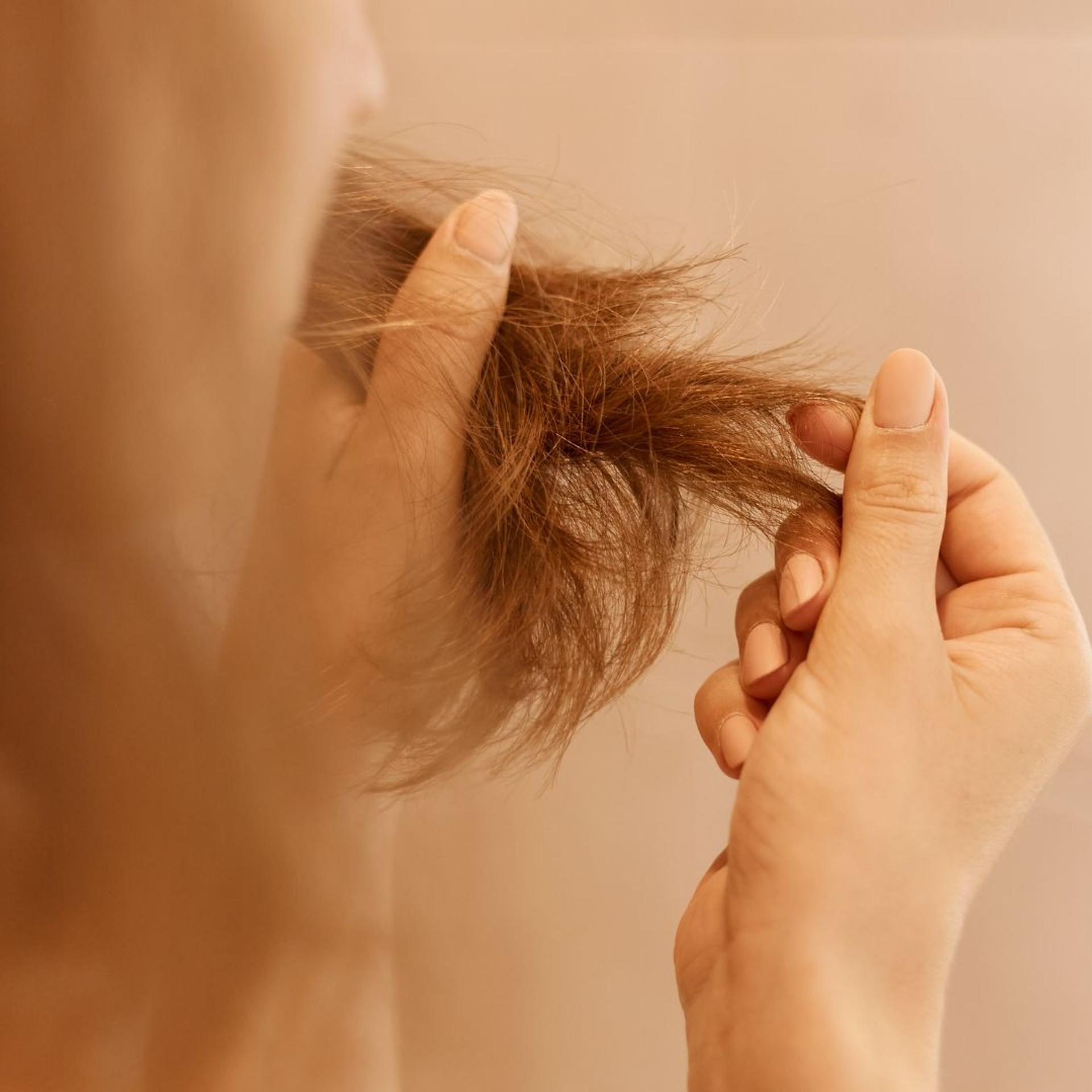
Porosity determines how easily your hair absorbs and holds onto the henna dye.
- High porosity hair (often damaged or chemically treated) has open cuticles that allow lawsone to seep in deeply, creating intense stains.
- Low porosity hair has tight cuticles that resist absorption. Here, mild steaming or using warm application environments can help “open up” the hair shaft.
Understanding your porosity helps you decide whether you need pre-treatments like clarifying washes or oil detox before applying henna.
Past Colour Treatments
Henna Doesn’t Like Surprises
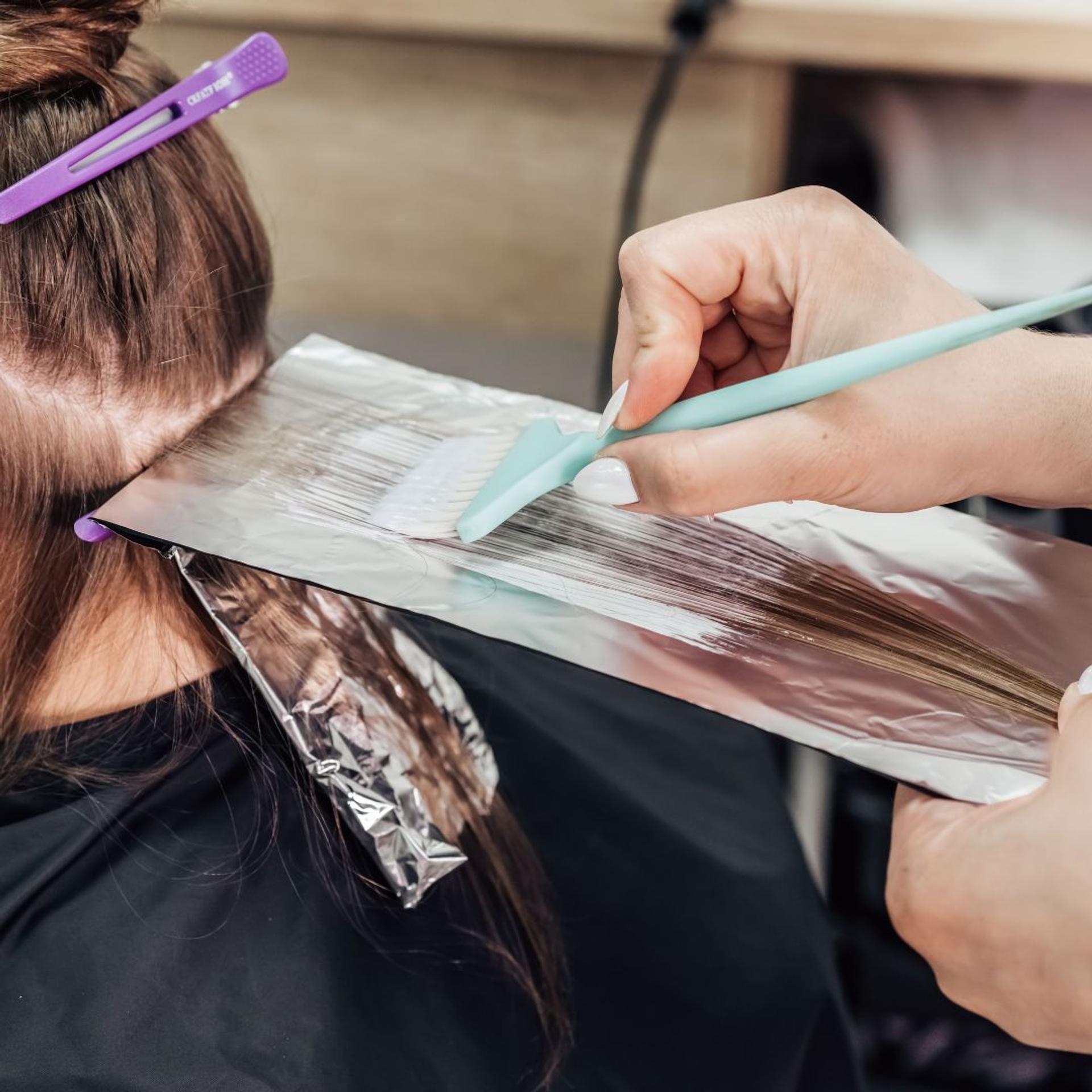
If you’ve recently dyed or chemically treated your hair, henna may not behave predictably. Chemical residues can block lawsone binding or alter its natural oxidation process (the part where orange turns to deep reddish brown over days).
Instead of instant color, the first few applications will focus on restoring hair structure and detoxifying chemical buildup. With patience and repetition, natural stains will eventually develop stronger and deeper.
The Duration Matters
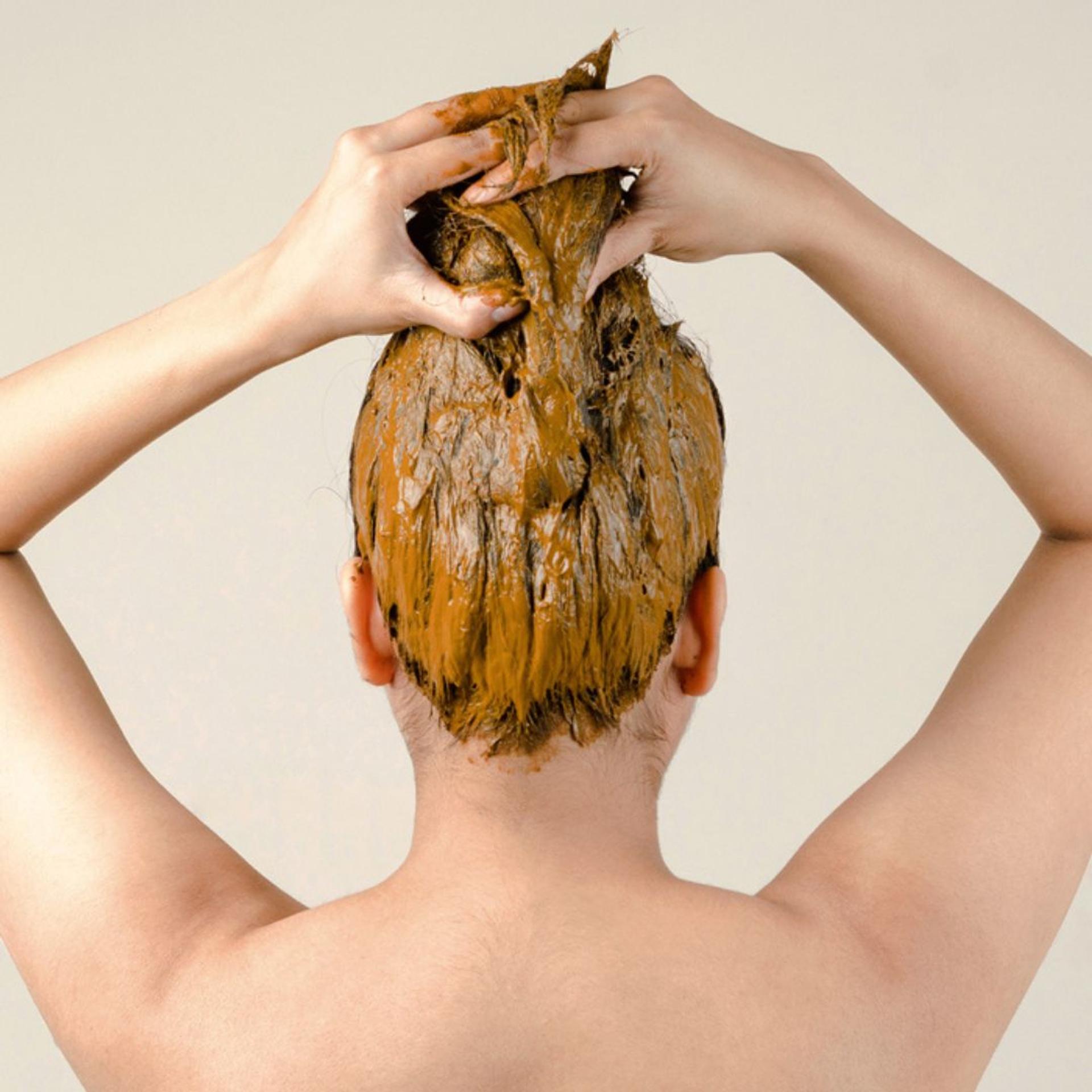
Leaving henna on your hair isn’t about ticking a clock—it’s about giving time for lawsone oxidation and keratin bonding.
- 2–3 hours is the sweet spot for most hair types—enough for stain development without causing over-dryness.
- Over 4 hours? It may dry out your hair or make removal difficult, especially if your paste isn’t well-balanced.
Warm, moist environments support dye release. Consider wrapping your head or sitting in a sunny spot during the process.
Heat: The Hidden Catalyst
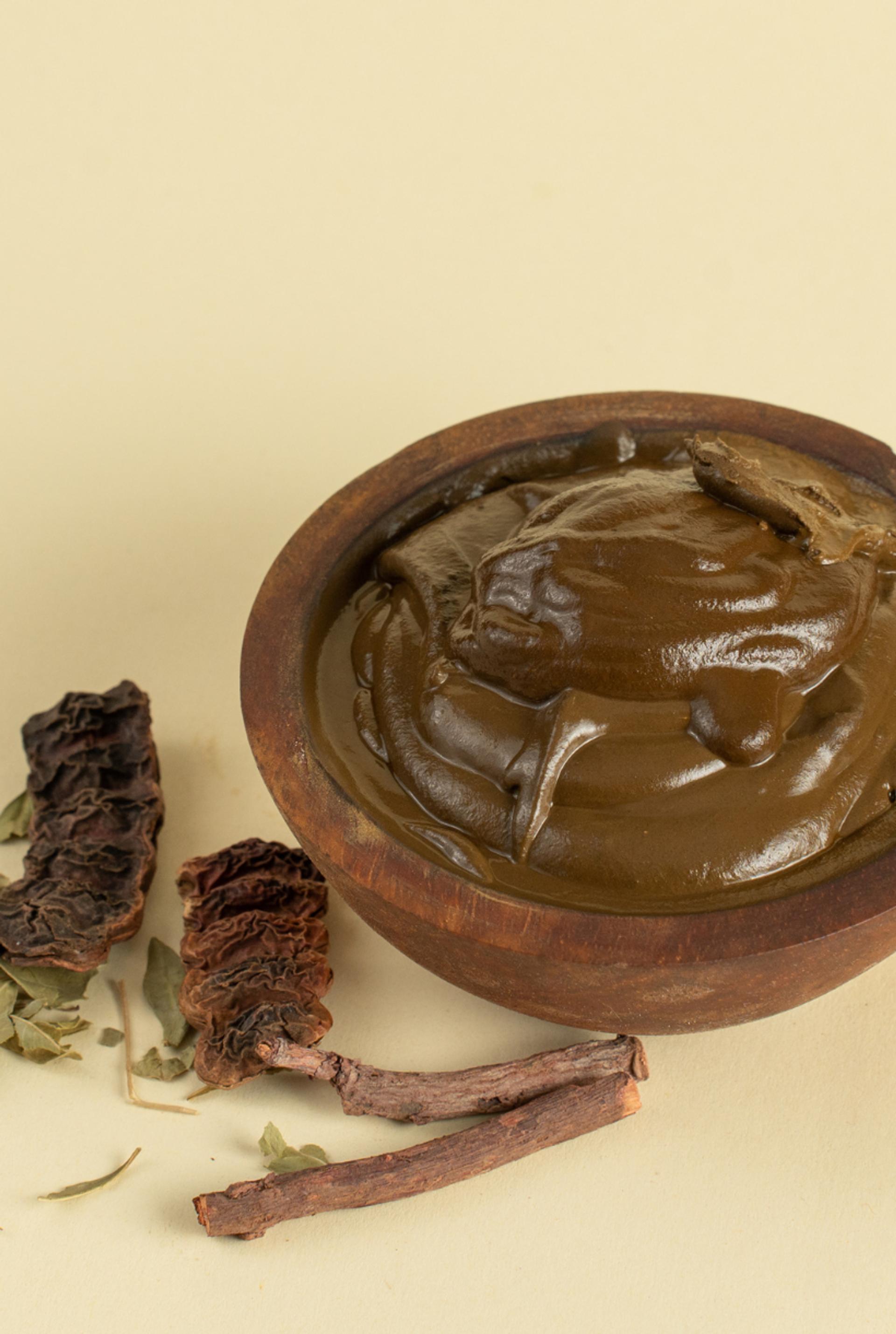
Lawsone’s binding efficiency increases with gentle warmth—both from your scalp and the environment. Warmer temperatures accelerate dye release during paste preparation and improve penetration during application.
Cold weather? Sit under a heating cap or cover your hair snugly. A slightly warm henna mix can also help on cooler days.
The Unsung Hero: Post-Wash Ritual
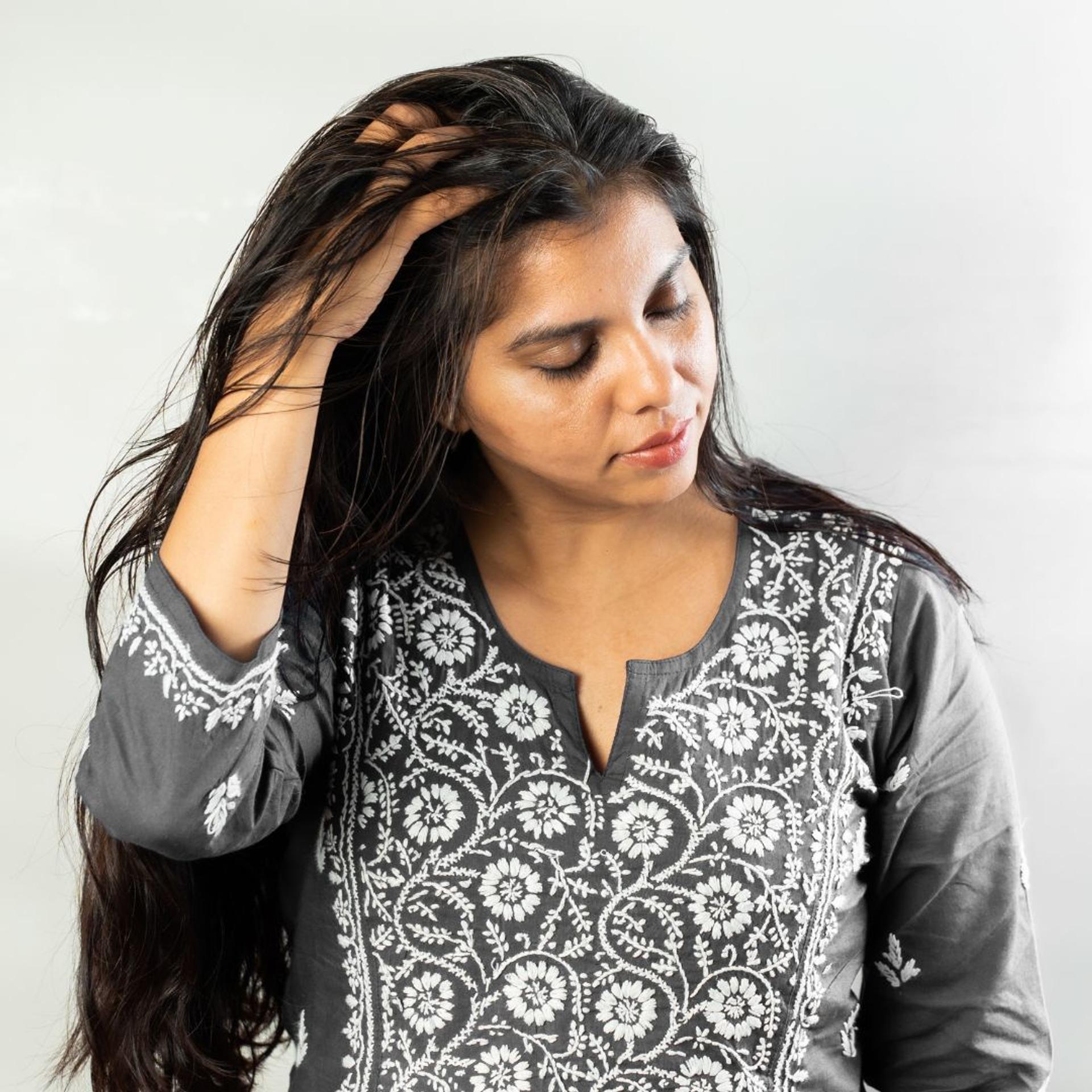
Post-rinse care can make or break your stain. Shampooing immediately can strip the stain before it sets. Instead:
- Rinse with water only
- Follow up with a hot oil treatment—mustard and sesame oil help lock in stain and moisture
- Wait at least 24 hours before shampooing
This resting time allows lawsone oxidation to deepen the stain and bind fully to your hair shaft.
Final Thoughts
Achieving the perfect henna stain is both an art and a science. From quality of leaves to warmth of your scalp, every small detail shapes the outcome. By understanding these dynamics, you're not just coloring your hair—you're building a deeper relationship with it. And the reward? Healthier hair, vibrant hues, and a ritual that reconnects you with ancient wisdom.
Learn more
